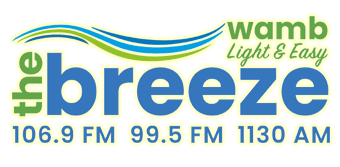
INDIANAPOLIS – Indiana’s surplus is expected to be even bigger than first forecast.
Indiana finished the last fiscal year with 300-million dollars more than expected. That prompted Governor Holcomb to propose paying up front for five construction projects, instead of floating bonds. Now budget analysts predict the state will add another 260-million on top of that over the next two years.
The windfall this time comes mainly from sales taxes on Internet purchases. Legislators passed a law this year extending sales taxes from online purchases to “Internet facilitator” sites like Airbnb or Etsy, where the sellers are registered site users rather than the site itself.
House Republicans’ fiscal policy director Ben Tooley says that money wasn’t part of the forecast used to write the budget because the law hadn’t passed yet when that forecast was issued in mid-April.
The update has added fuel to an already simmering debate between Republicans and Democrats over how and whether to spend the extra money. Holcomb says paying cash instead of borrowing for construction projects at state universities and the State Fairgrounds will save the state four-million dollars a year in interest payments. And he says it avoids committing the state to long-term expenses with one-time money.
Senator Karen Tallian (D-Ogden Dunes) argues with interest rates low, floating bonds is more economical and would free up millions of dollars for other priorities. Democrats say they’ll lobby to spend the latest windfall to boost teacher pay. And Tallian says Senate Democrats will reintroduce some proposals cut from the final budget bill last spring.
House Ways and Means Chairman Tim Brown (R-Crawfordsville) warns the forecast has a two-percent margin of error — the total surplus could be off by 300-million dollars and still be considered accurate. Representative Greg Porter (D-Indianapolis) accuses Republicans of “finding excuses” for putting off spending on what he calls serious problems. Tallian says the extra money shouldn’t “disappear into the black hole of Indiana’s bloated surplus.”
Tooley boasts the forecast, which is crafted by a bipartisan team of analysts, has been within one percent the last several years. But he acknowledges when the recession hit in 2009, the forecast ended up overestimating revenue by more than five percent, forcing a series of spending cuts.
Image by Gerd Altmann from Pixabay

